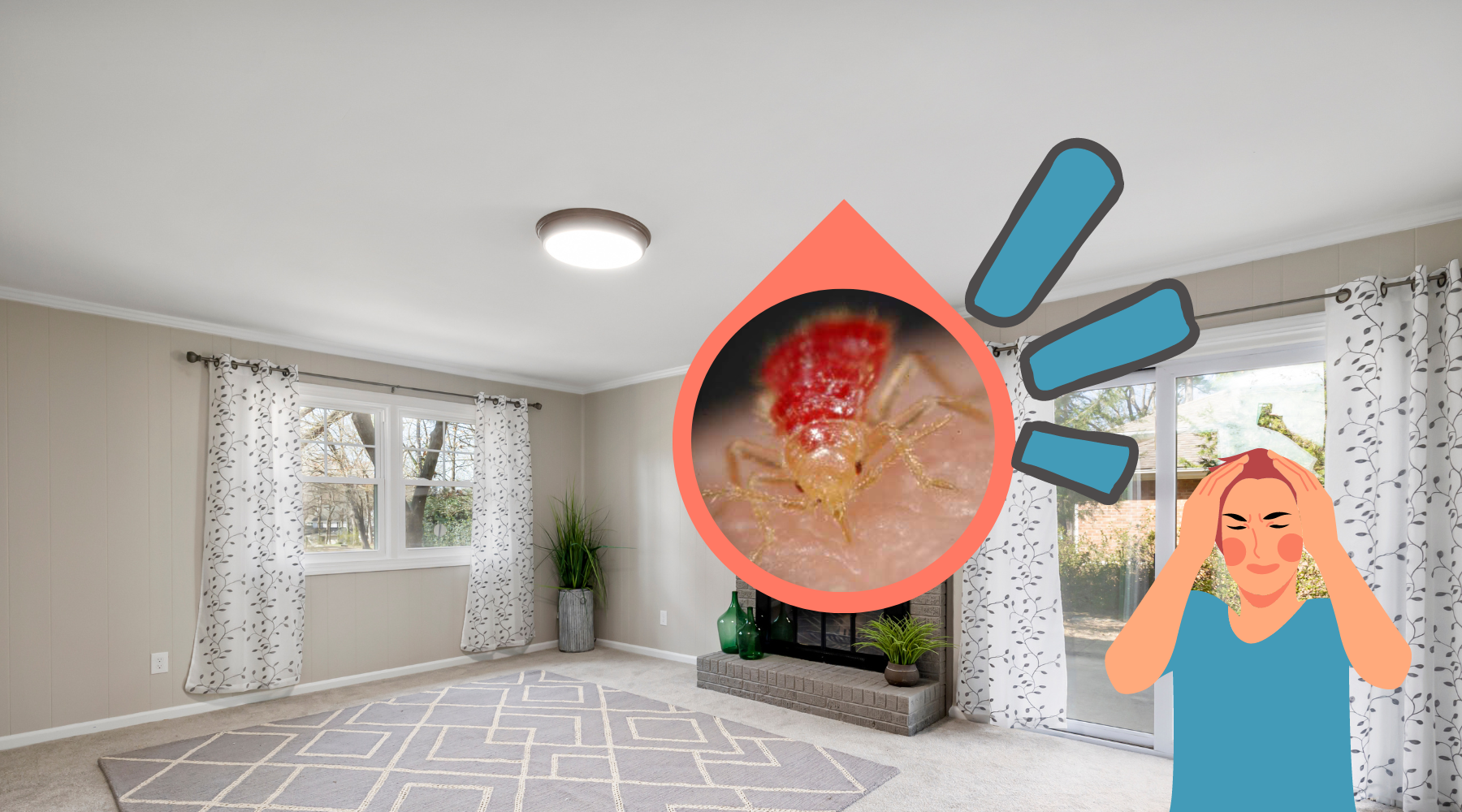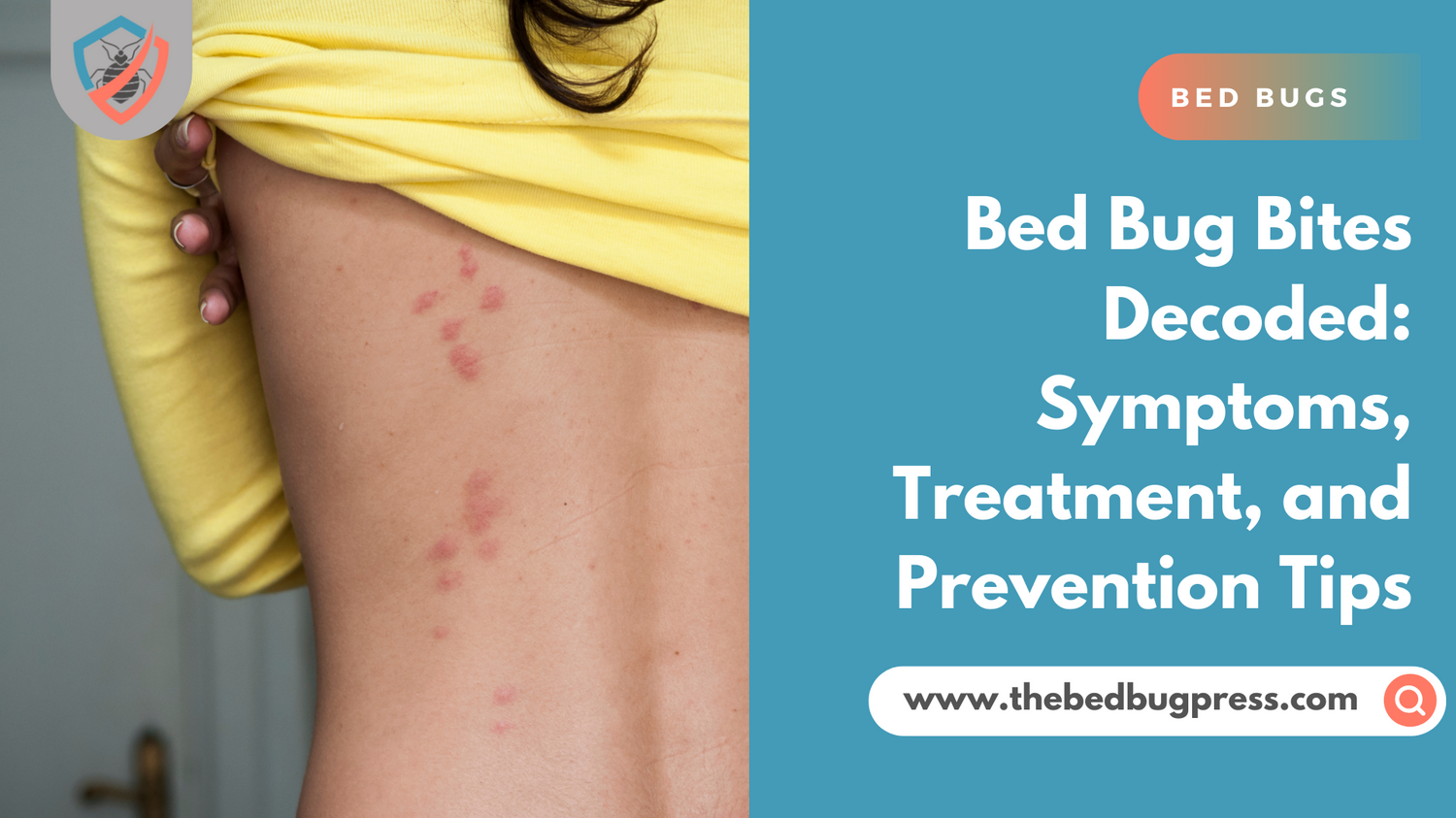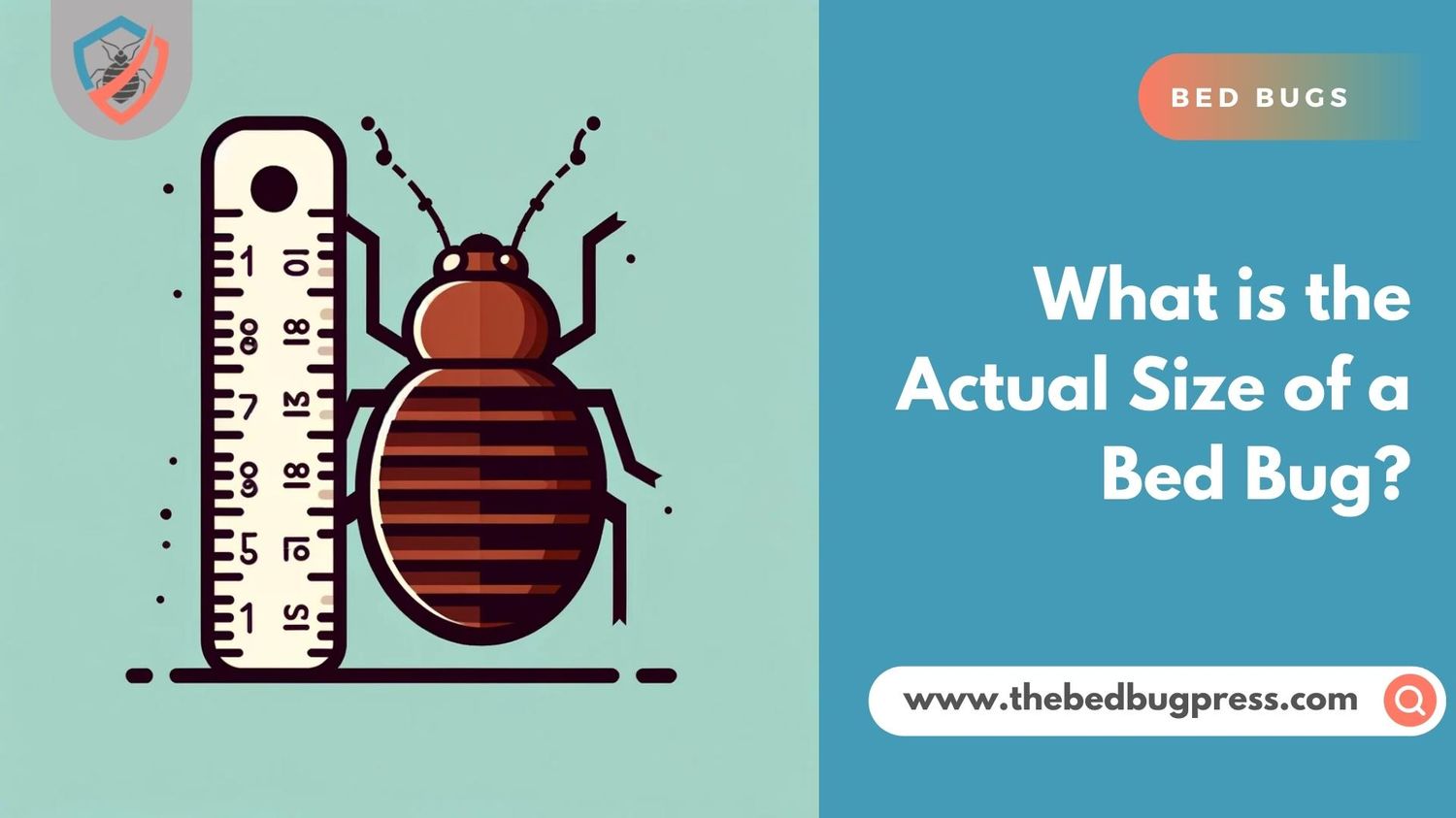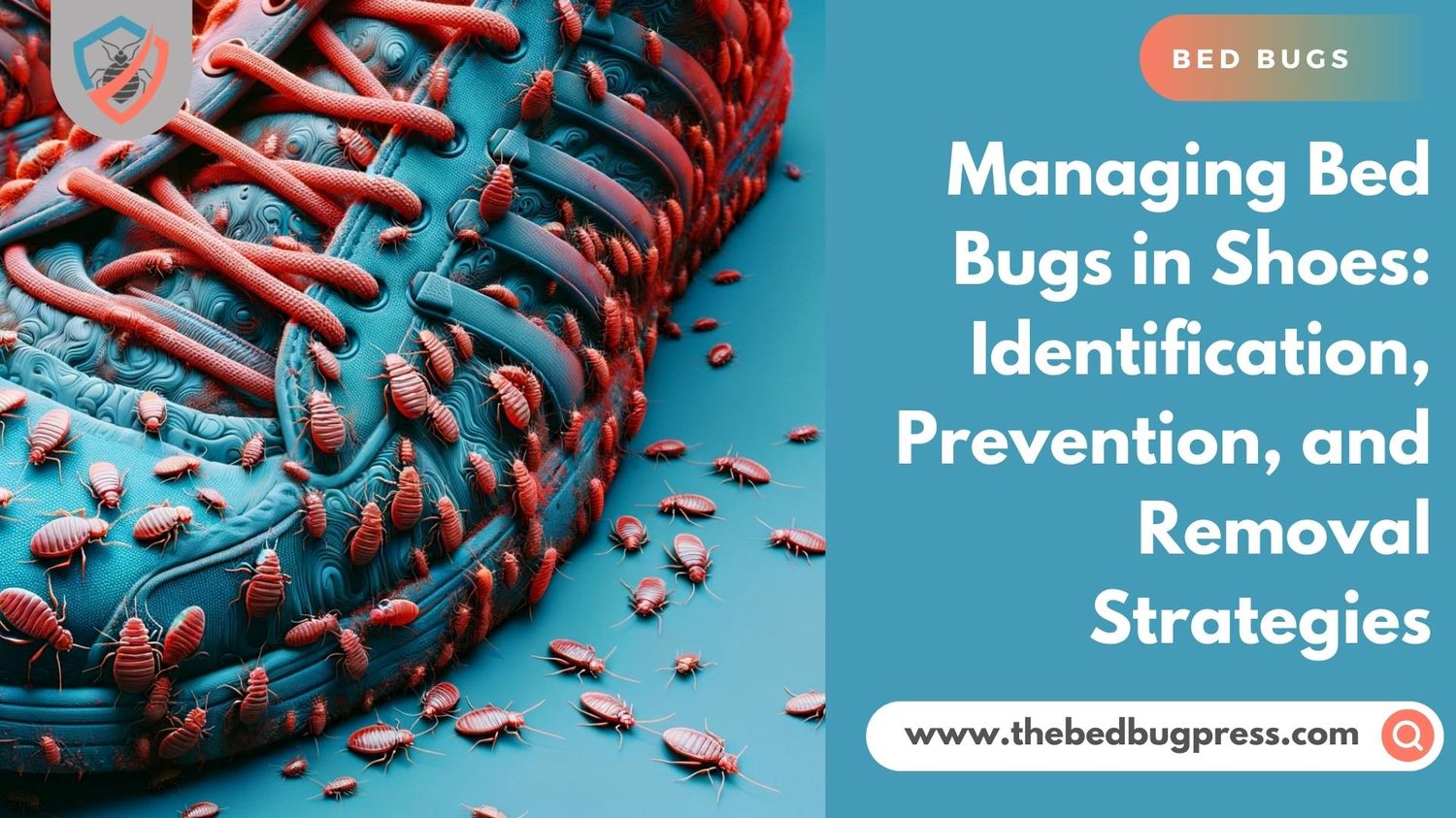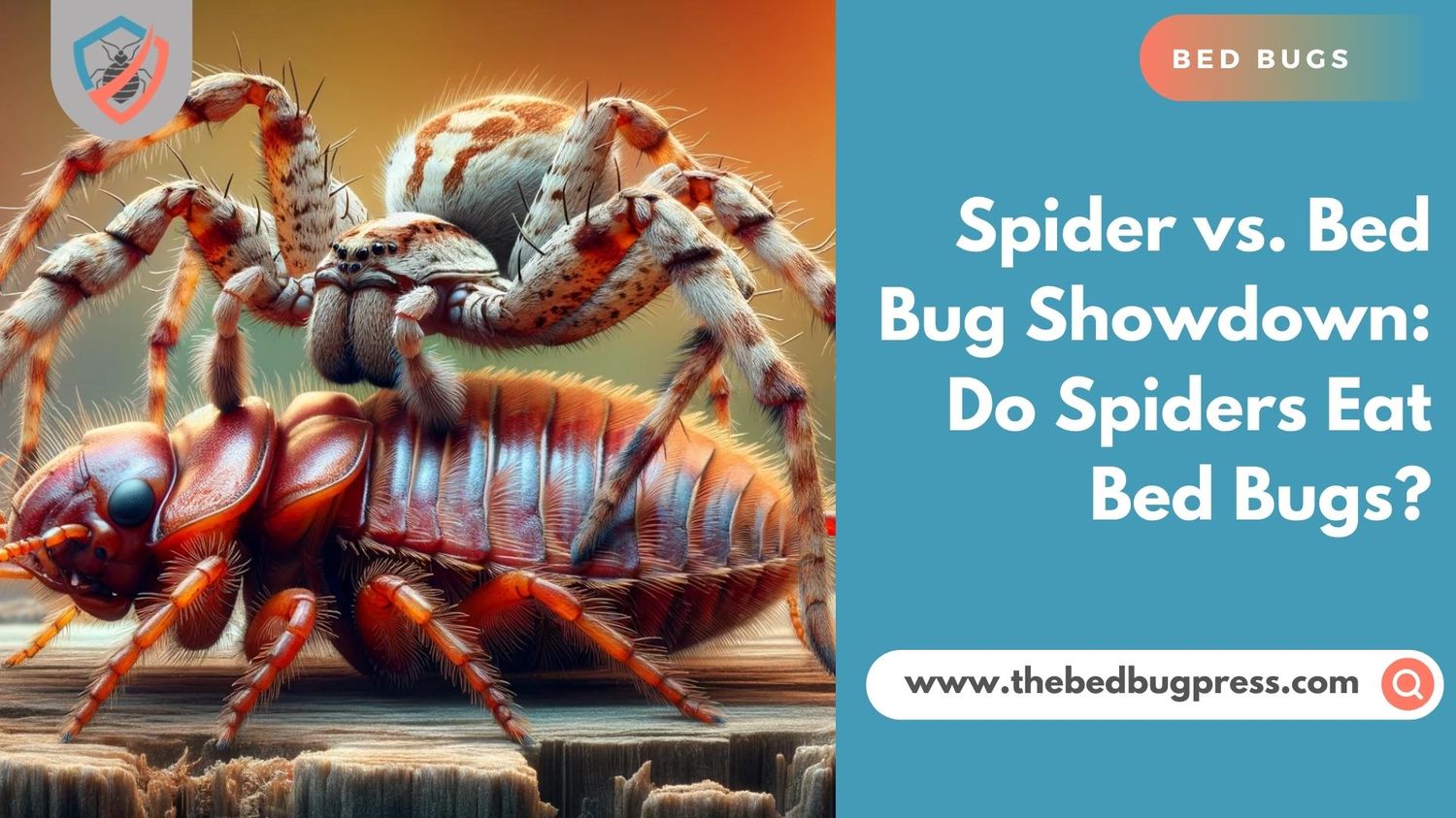You thought you had finally gotten rid of those pesky bed bugs. You hired a professional exterminator, followed all the necessary steps, and even threw out some of your infested belongings.
But just when you thought it was safe to go back to bed, you notice something strange: bed bugs crawling on your ceiling. How could this be happening after treatment?
In this article, you’ll learn why bed bugs may be crawling on your ceiling after treatment and what steps you can take to prevent serious infestation or a re-infestation.
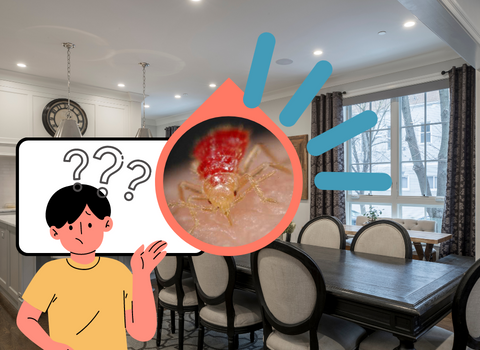
Can Bed Bugs Infest Your Ceiling?
While bed bugs are most commonly found in mattresses, box springs, and other furniture near the ground, they can climb up walls and even reach the ceiling. This means that yes, bed bugs can infest your room and ceiling if left unchecked.
The presence of bed bugs on your bed frame and ceiling may indicate a severe infestation, as it suggests that the bugs have already spread to other parts of your home.
To prevent this from happening or to address an existing bed bug infestation, it’s important to take proactive measures such as regular inspections, vacuuming, and sealing cracks and crevices where bed bugs might hide.
Additionally, working with a professional exterminator who can provide targeted treatment options is crucial for getting rid of bed bugs for good.
Ceiling Check: How to Spot Bed Bugs in High Places
If you suspect that bed bugs have infested your ceiling or other high places in your home, it’s important to know how to spot them.
One telltale sign is the presence of fecal stains or blood spots on the ceiling or walls. These stains are typically dark brown or black and may be accompanied by a musty odor.
You may also see live bed bugs crawling on the ceiling or hiding in cracks and crevices. If you’re not sure whether you have bedbugs, bugs on your ceiling or another type of pest infestation, consider hiring a professional pest control company to conduct an inspection.
The Climb Up: Reasons Why Bed Bugs Reach Your Ceiling
Bed bugs are skilled climbers and can scale walls and ceilings using their sharp claws and adhesive pads on their feet and legs. However, there are several reasons why bed bugs might choose to climb up to your ceiling in search of food or shelter.
One possible reason is overcrowding – if there are too many bed bugs living in one area, some may be forced to seek out new areas for survival.
Another reason could be a lack of hiding places – if there aren’t enough cracks and crevices at ground level for bed bug hiding spots, they may climb higher up in search of shelter.
Finally, some types of furniture such as headboards or curtains may make it easier for bed bugs to climb up onto ceilings or walls.
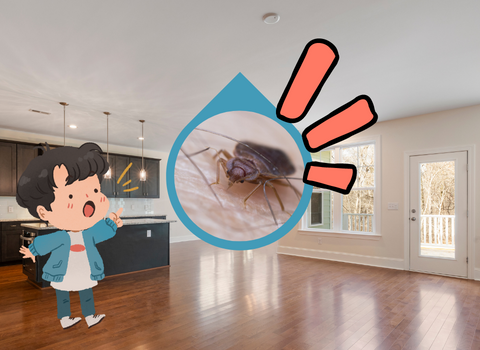
How to Eliminate Bed Bugs on Your Ceiling: Effective Methods
Dealing with bed bugs on your ceiling can be a frustrating and challenging experience. Fortunately, there are effective methods that you can use to eliminate these pests:
Suck it Up: The Power of Vacuuming Against Bed Bugs
Vacuuming is one of the easiest and most effective ways to remove bed bugs from your ceiling. By using a vacuum cleaner with a crevice tool attachment, you can easily reach into cracks and crevices where bed bugs might be hiding.
Be sure to empty the vacuum bag or canister immediately after use to prevent the bed bugs from escaping.
Raising the Heat: How to Kill Bed Bugs with Heat Treatment
Heat treatment is another effective method for eliminating bed bugs on your ceiling. By raising the temperature in your home above 120 degrees Fahrenheit, you can kill off bed bugs at all life stages. However, this method requires specialized equipment and should only be performed by trained professionals.
Chemical Warfare: Using Traditional Pesticides Against Bed Bugs
Traditional pesticides such as pyrethroids are still effective against bed bugs on your ceiling. However, these chemicals should only be used under careful supervision and according to label instructions.
The Natural Powder Solution: Diatomaceous Earth and Silica Dust for Bed Bug Control
Diatomaceous earth and silica dust are natural powders that can effectively dehydrate and kill bed bugs on your ceiling.
These powders work by breaking down the waxy outer layer of the bed bug’s exoskeleton, leading the insects to dehydration and eventually die.
Apprehend the Enemy: Using Pesticide Sprays to Combat Bed Bugs
Pesticide sprays can also be an effective way to eliminate bed bugs on your ceiling. Look for products specifically labeled for use against bed bugs, and always follow label instructions carefully.
Aromatherapy for Bed Bugs: Essential Oils as a Natural Repellent
Essential oils such as lavender or peppermint oil have been shown to repel bed bugs from certain areas. While not necessarily effective at killing them off entirely, they may help keep them away from your ceiling in combination with other methods.
When to Call the Pros: Professional Bed Bug Extermination Services
If you’ve tried multiple methods without success or have a severe infestation on your hands, it’s time to call in professional exterminators who specialize in eliminating bed bugs on ceilings and other hard-to-reach areas.
Do Bed Bugs Leave Droppings on Ceilings?
Bed bugs can leave droppings on ceilings. Bed bugs are known to defecate after feeding on blood, and their fecal matter can often be found in areas where humans or they hide or rest.
This includes not only mattresses and furniture but also walls, ceilings, and other high places where bed bugs may climb up to escape detection or overcrowding. Bed bug droppings typically appear as small dark spots or smears and may have a musty odor.
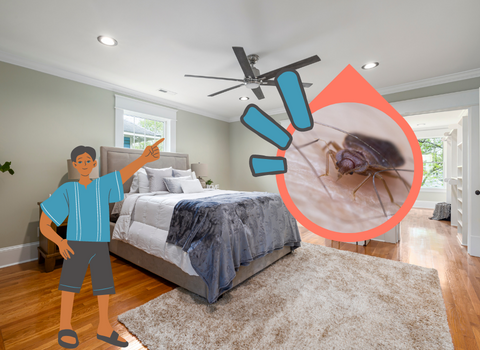
Avoiding a Bed Bug Infestation: Tips and Tricks
Bed bugs can be a pesky and persistent problem, but there are steps you can take to avoid an infestation. By being proactive and taking preventative measures, you can keep these unwanted pests at bay.
Catching Bed Bugs Early
Early detection is one of the best ways to prevent a bed bug infestation is to catch them early. Be on the lookout for signs such as small red itchy bites on your skin or tiny blood spots on your sheets. If you suspect that you have another possible infestation, it’s important to take immediate action to prevent further spread.
Using Vacuum-Sealed Bags When Traveling
When traveling, use vacuum-sealed bags to store your clothes and belongings. This will help prevent bed bugs from hitching a ride back home with you.
Inspecting Beds and Toys for Bed Bugs
Before bringing used furniture or toys into your home, thoroughly inspect them for any signs of bed bugs. Look for small dark spots or smears that may indicate their presence.
Sealing Cracks to Keep Bed Bugs Away
Seal up any cracks or crevices in your walls, floors, or baseboards where bed bugs could enter your house. This will help keep them out of your home in the first place.
Inspecting Thrift Store Items for Bed Bugs
If you enjoy shopping at thrift stores or secondhand shops, be sure to inspect any items before bringing these unwanted guests. Look closely at seams and corners of clothing and other items for signs of bed bugs.
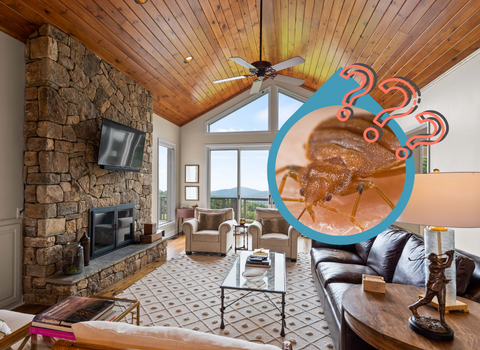
How to Protect Your Mattress from Bed Bugs
Invest in high-quality mattress encasements that fully cover your mattress and box spring. These encasements will not only protect against bed bug infestations and getting bed bug bites but also against dust mites and other allergens.

